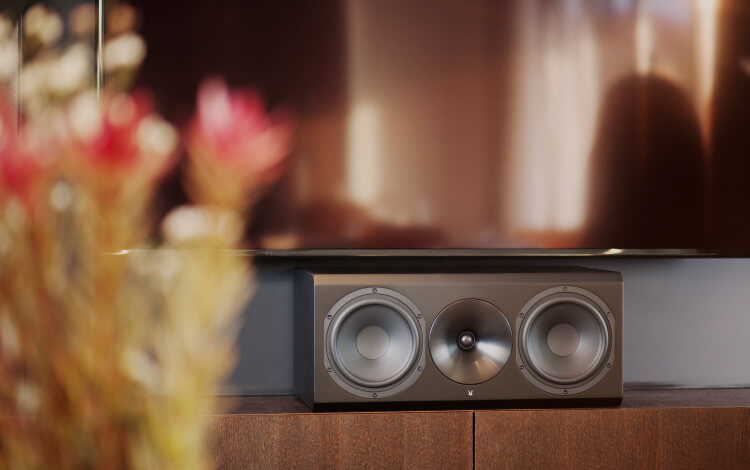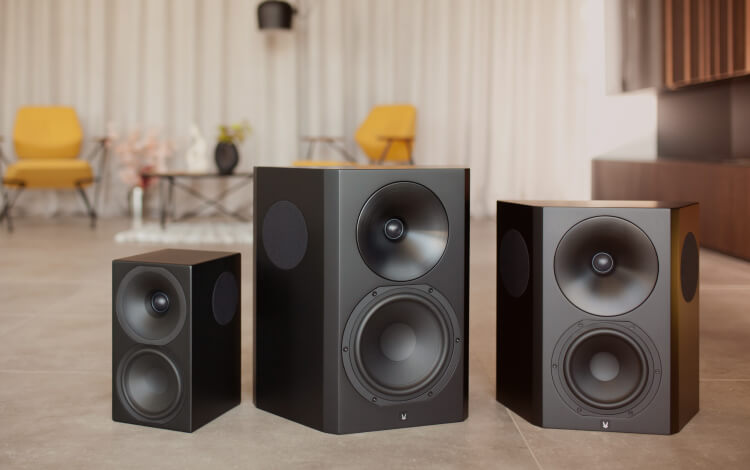How-To: Time-Alignment between Speakers and Subwoofer
Time-alignment is crucial to a high fidelity experience but is definitely intimidating to those who are unfamiliar with the process. With this short guide, we hope to make the time-alignment process much less painful, and for some, even fun.

Basic Time-Alignment Formula
Professional software typically measures time-alignment/delay in milliseconds, but some software makes it easier by using meters/feet. To calculate milliseconds, use the following formula:
Meters / Speed of sound (343 m/s in room temperature) * 1000 = delay in miliseconds.
Feet / Speed of sound (1125 f/s in room temperature) * 1000 = delay in miliseconds.
How to Measure
Measure the distance to the speaker furthest away, and then add delay to the remaining speakers so that their delay is equal to the difference in distance between it and the furthest speaker.
Example: 2 subwoofers in the same room, one subwoofer is placed 4 meters away from the listening position, and the other is placed 3 meters away. The difference in distance in this example is 1 meter. Thus you want to delay the signal to the closest subwoofer by 1 meter (1 / 343 * 1000 = 2,915 ms). So in this case the closest setting will be a 3-millisecond delay.
Repeat until all speaker distance delays have been calculated.
The Trick
Our subwoofer amplifiers have an 8-millisecond delay, so to time-align them with other speakers, do the calculations above, then simply add 8-milliseconds to the delay of each speaker in your setup that is not an Arendal Sound subwoofer.
And voilà, your speakers and subwoofers are time-aligned.









